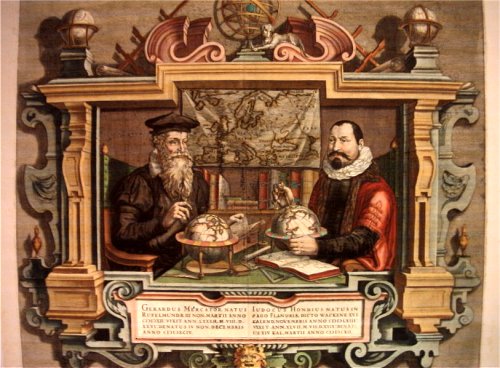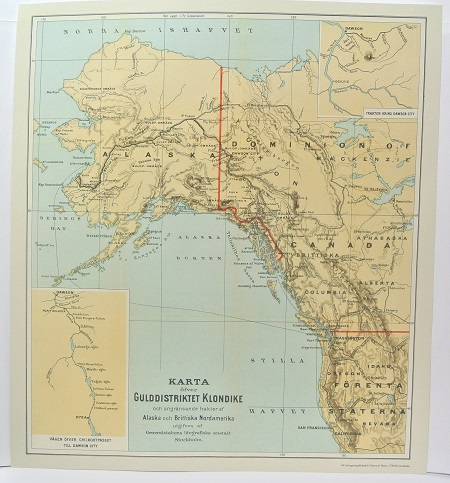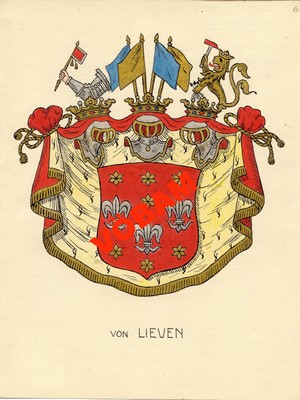1848-1925. Född i Trögstad, död i Oslo.
Norsk 'oppmålingsassistent'. 1875 anställd vid Christianias (Oslo) kommun som uppsyningsman vid vägverket. Från 1894 var han assistent, dels i 'oppmålningsvessenet', dels i 'reguleringsvesenet'. 1916 gav han ut en karta över Christiania (Oslo) på ett blad, och 1921 slutförde han en karta i större skala och i 6 blad, utgiven av Christianias 'oppmålningsvessen'.
Dagbladet 8/10 1900, - U.B.
Död 1712.
Son till Frederick de Wit d.ä. Var en skolad matematiker som förbättrade och ajourförde kartorna på många punkter och de blev mycket populära. Tog över faderns verksamhet.
1686-1762. Född i Laon, död i Amsterdam.
Fransk författare. 18 år gammal kom han till Holland där han upprättade en privatskola som han 1724 övergav för att ägna sig åt författarskap. Bland hans talrika verk kan nämnas 'Histoire du cardinal Alberoni' (1719), 'Memoires du règne de Pierre le Grand' (1725-26), 'Histoire des guerres entre les maisons de France et d'Autriche' (1748), 'Nieuwe astronomische, geographische en historische atlas' (1742) och 'Nouvel atlas geographique & historique' (1742).
Bland arbeten.
'Histoire du cardinal Alberoni.
Memoires du règne de Pierre le Grand.
Histoire des guerres entre les maisons de France et d'Autriche.
Nieuwe astronomische, geographische en historische atlas.
Nouvel atlas geographique & historique.
Nouv. biogr. gen. - Phillips.
Gulddistriktet Klondike - ca 1897.
von Lieven - C. H. Tersmeden ca 1900.
Olaus Magnus text till den berömda kartan "Carta Marina".
Texten finns även på katalanska, spanska och engelska.
Bureus karta över norden
Kartor och atlaser
Bilder och planschverk
Teckenförklaringar

Porträtt på Gerard Mercator och Jodocus Hondius.
"Striking image showing Mercator and Hondius in their idealized workshop.
This famous portrait of two of the most important mapmakers during the Golden Age of Dutch cartography was engraved by Coletta Hondius, as a tribute to her late husband, shortly after his death. Gerard Mercator is shown with his successor, Jodocus Hondius, seated at a table surrounded by the implements of their trade. The fine portrait is set within an elaborate strapwork framework that includes a wall map of Europe.
Gerard Mercator is renowned as the cartographer who created a world map representing new projections of sailing courses of constant bearing as straight lines—an innovation which, to this day, enhances the simplicity and safety of navigation. In his own day, Mercator was the world's most famous geographer. He created a number of wall maps early in his career, as well as one of the earliest modern world Atlases in 1595. Although this was the first appearance of the word Atlas in a geographical context, Mercator used it as a neologism for a treatise on the creation, history and description of the universe, not simply a collection of maps. He chose the word as a commemoration of King Atlas of Mauretania, whom he considered to be the first great geographer.
Jodocus Hondius was a Dutch engraver and cartographer. He is best known for his early maps of the New World and Europe and for continuing publication of Gerard Mercator's World Atlas. He also helped establish Amsterdam as the center of cartography in Europe in the 17th century. In England, Hondius publicized the work of Francis Drake, who had made a circumnavigation of the world in the late 1570s. In 1604, he purchased the plates of Gerard Mercator's Atlas from Mercator's grandson and continued publication of the Atlas, adding his own maps over the next several decades. Hondius later published a pocket version Atlas Minor."



